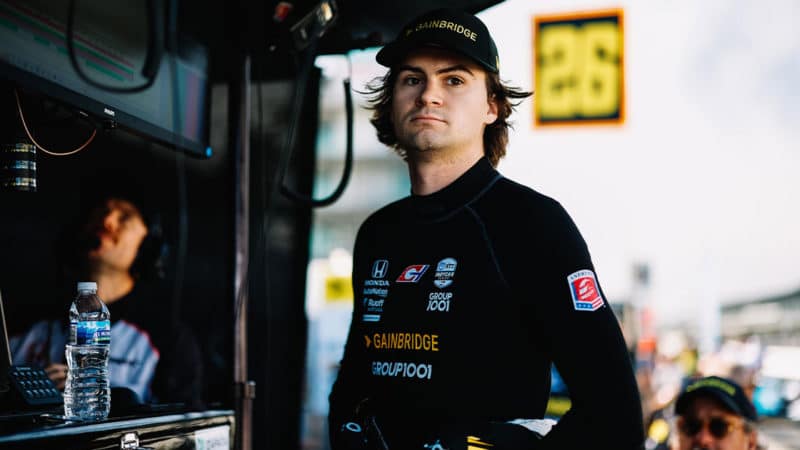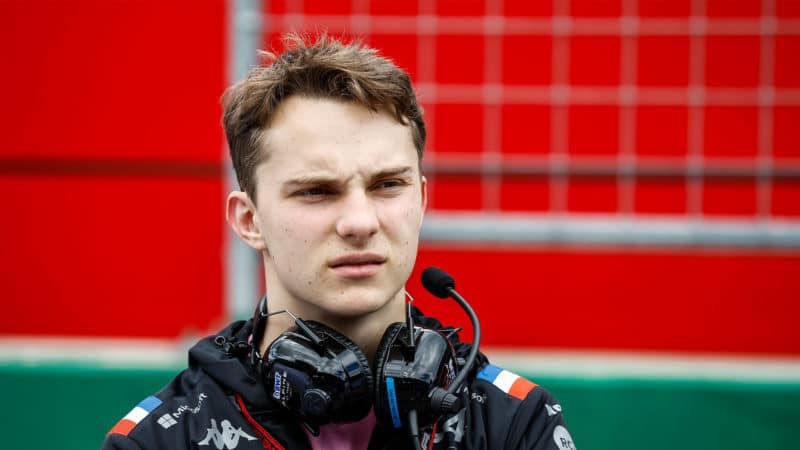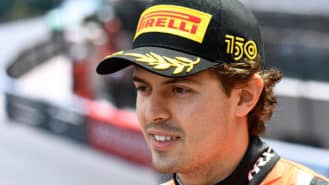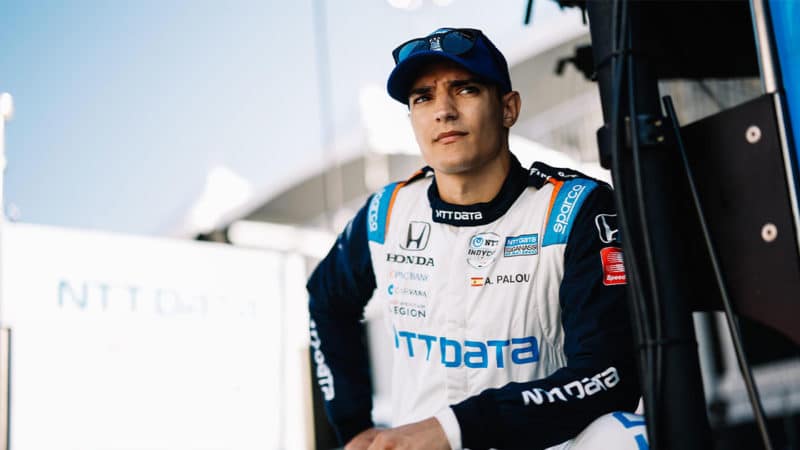Red Bull advisor Helmut Marko enjoys a good relationship with the Carlin team and often asked Trevor Carlin for his opinion on US-based talents when he ran an IndyCar outfit. Given the fact both O’Ward and Herta have driven for Carlin at different points, he has good things to say about both, and sees the 22-year-old Californian as possessing the skillset to succeed in F1 given the right preparation.
So it’s no surprise that Marko has been sounding out Herta’s current situation, but there is a sticking point: his Super Licence.
Herta doesn’t currently have enough Super Licence points after the FIA deemed the 2018 Indy Lights season – when he finished runner-up to O’Ward – to not be eligible for points due to the number of drivers that started the first round (nine). On the current rules, it would be eligible for 30%, but that still doesn’t get him over the line.
And for a driver who has won seven IndyCar races, been on pole nine times and can add a further three podiums to that tally from 62 races so far, it seems strange that he’s still scrabbling around trying to hit the FIA’s magic 40-point mark.
It all comes down to how IndyCar is ranked by the FIA.
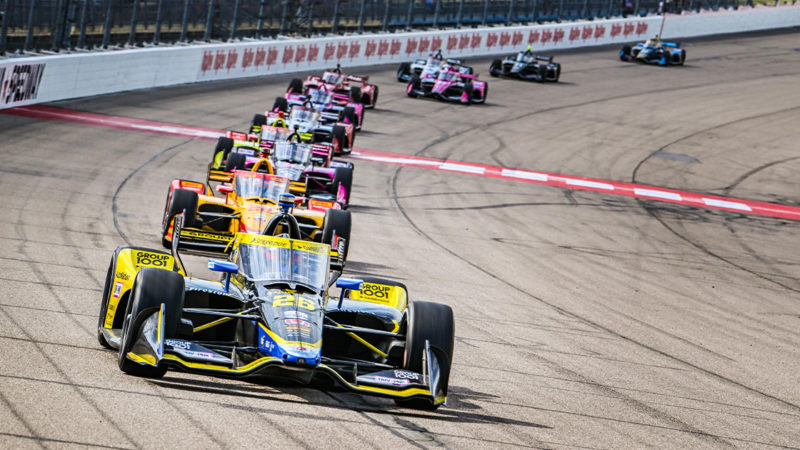
Herta leads a pack at Gateway 2022 – his seven IndyCar wins still don’t qualify him for F1
IndyCar
It already has to host its road course rounds on FIA homologated circuits to receive its points, but while the champion automatically qualifies for a Super Licence, second place only gets 30 points, with the return diminishing to just eight points for the driver fifth in the championship and one point for tenth place.
Compare that to Formula 2, where the top three are guaranteed a Super Licence and fourth picks up 30 points compared to 10 in IndyCar. Formula 3 even gets more from third place downwards in the top ten positions. Heck, finish fourth in Formula Regional and you’re picking up the same amount of points as you would if you’d achieved it in IndyCar.
